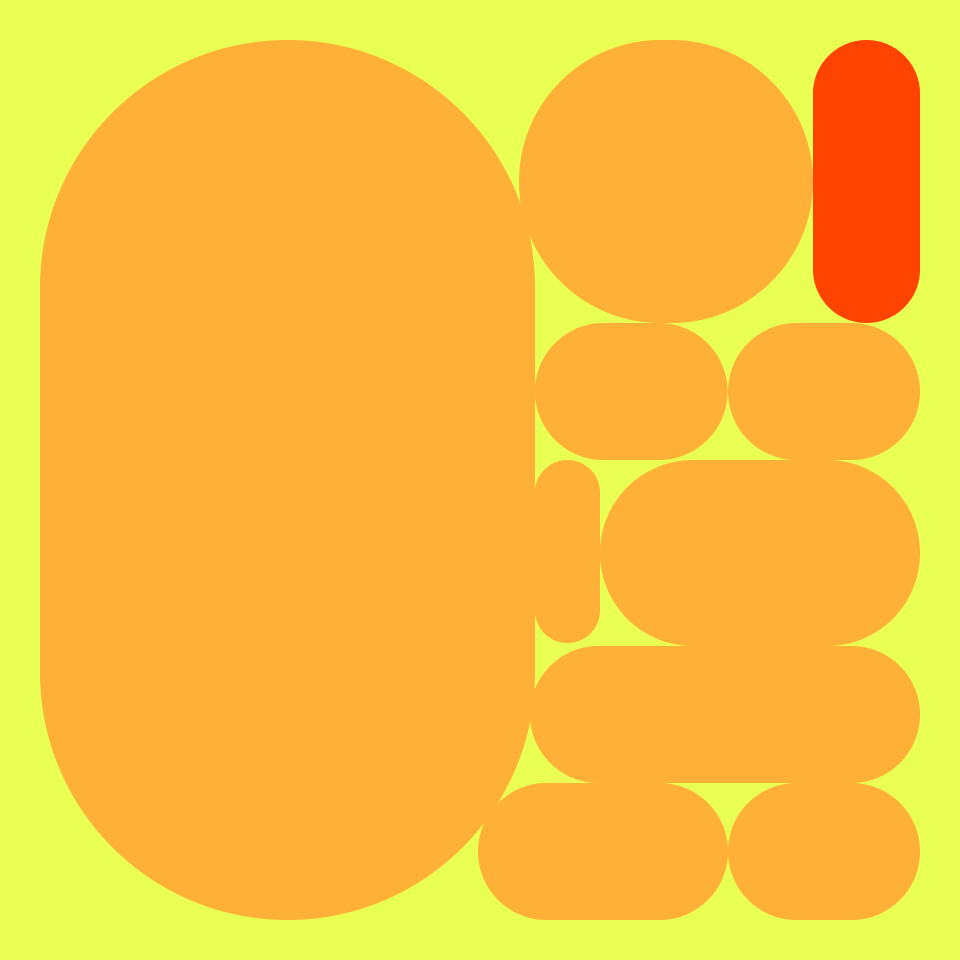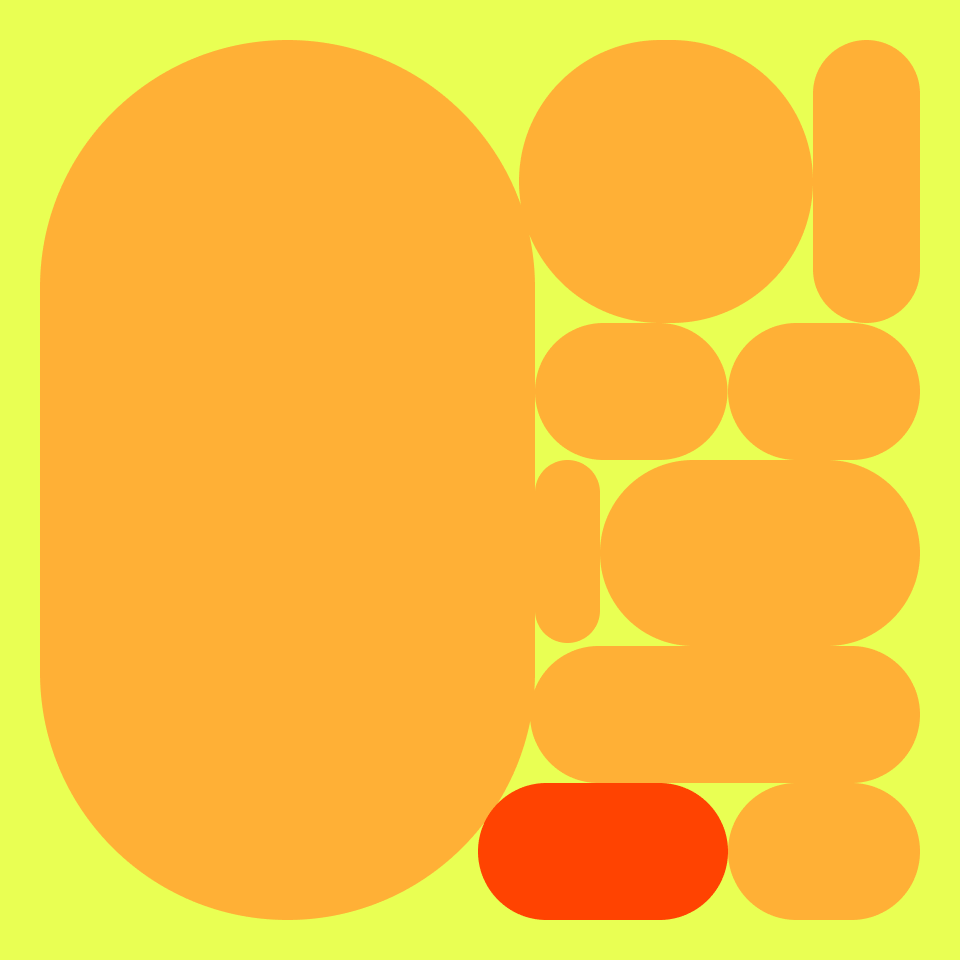More and more artists are utilizing NFTs to distribute their artwork, their backgrounds ranging from the traditional art world to DIY creative coding communities. Even established museums and galleries are incorporating NFTs into their collections, leading to a great deal of diversity among the artists, collectors, curators, and institutions involved in the NFT art space. But if you’re new to NFT art, you may encounter new and unfamiliar art styles, particularly those that emerged from the culture of crypto. So, why is cryptoart the way it is? Where does the culture come from?
What is cryptoart?
NFT art began even before NFTs. Cryptoart is a now word used in many contexts, including to refer to any artwork minted on a blockchain, depending on who you’re speaking to. But originally, it referred to artworks addressing cryptographic technologies, like blockchain, and features of those technologies, like cryptocurrency. The individuals making these works were both artists and blockchain enthusiasts, and when NFTs transformed from theory to reality, they were some of the first to utilize them as an artistic medium.
Early crypto artists were also deeply ingrained in online culture, and much of the initial art they created referenced the culture and the aesthetics of the internet; they made the type of artwork that at first, figures from the traditional art world decried as not being real art. Of course, the whole of art history is populated with artists whose work reflects the realities of the times and places where they lived–in that sense, work that references the culture of the web is essential to the progression of art. Many of these early crypto artists are still active, and considered some of the most revered creators in the space. Often, their art, and art that follows in their tradition, incorporates popular memes, internet native art and aesthetic movements like vaporwave, and slang specific to the NFT space on platforms like Twitter and Discord.

"Do blockchain programmers dream of loops?" by Carlos Marcial on SuperRare
It’s also common to see artworks that reference the technological elements of blockchain or digital wallets, associated terminology or visual symbols, and issues or topics relevant to the crypto space, like discussions around artist royalties and intellectual property.
Are memes art?

"This is Not a 'meme style NFT'" by Max Osiris on SuperRare
Many artists involved in crypto culture draw inspiration from the Dada movement of the 20th century, which was intentionally satirical, absurdist, nonsensical, and tongue-in-cheek. They also draw inspiration from the pop art movement and the concept of artistic appropriation. In many ways, they aren’t doing anything differently than artists who came before them; they’re just working in mediums and incorporating cultural references and touchstones that are new and largely unexplored in the fine arts. So yes, in context, memes are art.



